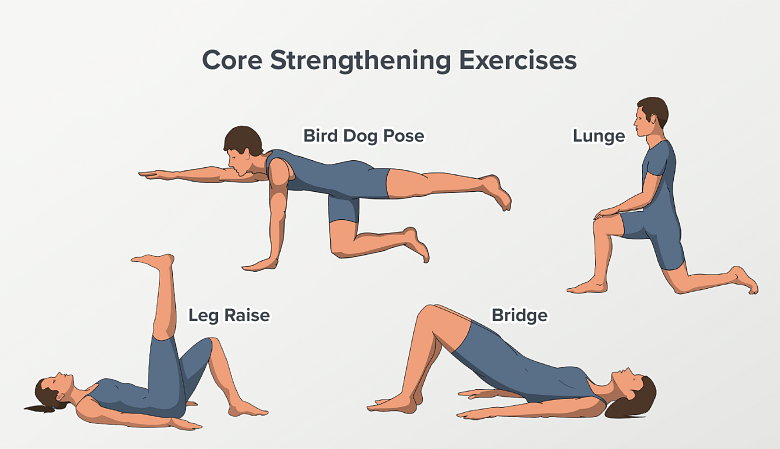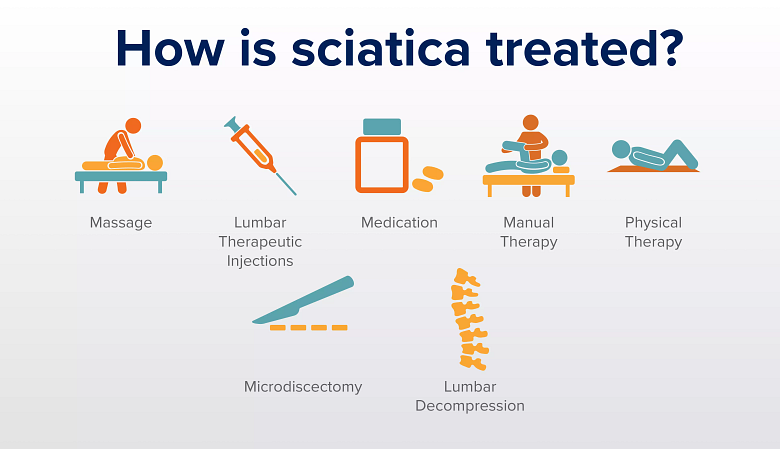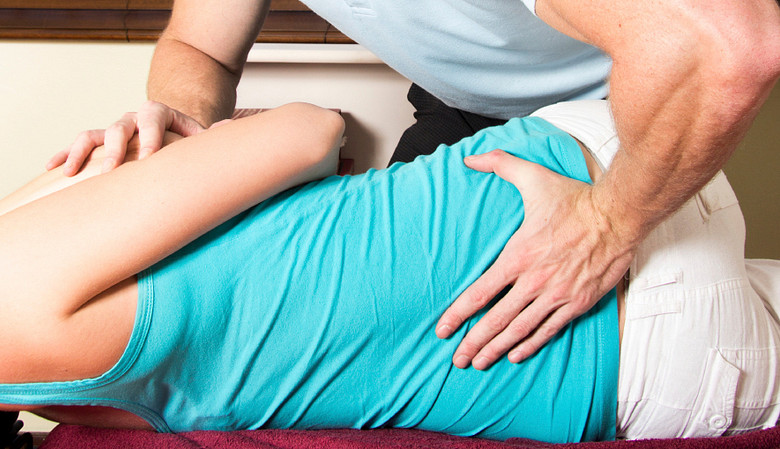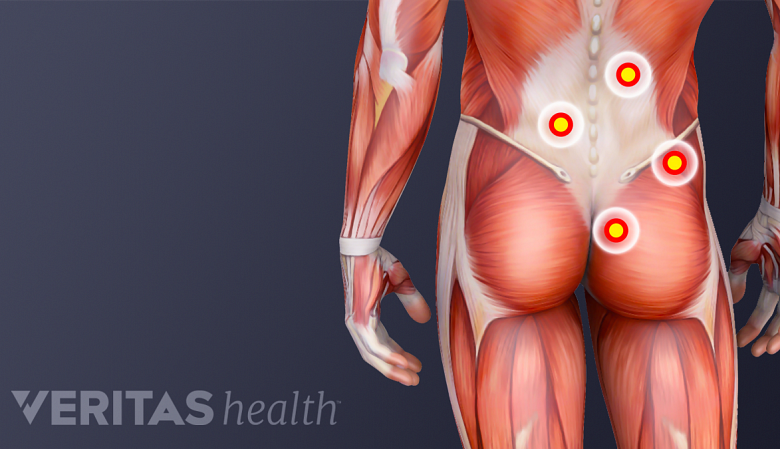From prevention.com
It’s accessible to most, too
- New research finds that walking regularly may help reduce the risk of back pain issues.
- Walking for five days a week, 30 minutes a day was the most effective.
- Most back pain gets better within five days.
Though nearly 10% of people around the world suffer from low back pain, it can be tricky to find relief. Now, new research suggests that taking up a simple walking habit can help lower the risk that back pain will come back.
A study, published in The Lancet, followed over 700 adults for three years who had recently had low back pain. Half of the adults were assigned to a walking program and given six educational sessions from a physiotherapist over six months; the other half weren’t given any intervention.
The researchers found that people in the walking group had fewer issues with back pain recurring and more time between back pain flares than those in the control group. In general, members of the walking group had about 208 days before they experienced back pain again, while the control group was more likely to have back pain again after 112 days.
The researchers pointed out in the study’s conclusion that a walking program “significantly reduced low back pain recurrence.” They added, “This accessible, scalable, and safe intervention could affect how low back pain is managed.”
“Working in physiotherapy, it’s incredible to see just how prevalent low back pain is,” says lead study author Tash Pocovi, Ph.D., a professor at Macquarie University. “While much work is being done to treat low back pain, we discovered that ‘prevention’ is mostly unchartered territory. … There is a clear need for effective preventive care.”
Meet the experts: Tash Pocovi, Ph.D., a professor at Macquarie University and physiotherapist; Neel Anand, M.D., orthopaedic spine surgeon and director of the Cedars-Sinai Spine Centre in Los Angeles; Nancy R. Kirsch, Ph.D., vice chair of rehabilitation and movement sciences at Rutgers University.
But why might walking help with low back pain, and what should you do if you’re struggling? Doctors break it down.
Why can walking help with low back pain?
When many people experience low back pain, they tend to avoid movement—but a growing body of research finds that it’s actually better to keep moving. One scientific review published in the journal Nature Scientific Reports analysed data from 24 studies and found that physical activity was linked with fewer back pain issues.
But it’s not clear if it’s the walking itself or the activity that’s helpful. A study published in the Annals of Internal Medicine divided 320 adults into groups that did yoga, physical therapy, or education for chronic low back pain for 12 weeks. The researchers found that people who did yoga and physical therapy were less likely to use back pain medication than those who received education on back pain.
Another study published in the journal Disability and Rehabilitation analysed data from five randomized controlled trials and found that walking and having consistent exercise routines had the same impact on low back pain. “Walking may be a less-expensive alternative to physical exercise in chronic low back pain,” the researchers concluded.
“The benefits of walking could have been from the gentle movements, loading and strengthening of the spinal structures and muscles, the relaxation and stress relief it provides, and the release of feel-good endorphins,” Pocovi says. She points out that the education that walkers received in her study on understanding pain, reducing fear associated with exercise and movement, and having the confidence to manage their pain, also seems to help. “It’s difficult to determine which of these elements contributed most to preventing low back pain, but it’s likely a combination of them,” she says.
Neel Anand, M.D., orthopaedic spine surgeon and director of the Cedars-Sinai Spine Centre in Los Angeles, says walking can definitely help, though. “Contrary to what some might think, staying immobile or being on ‘bed rest’ after the acute phase of a back pain episode might do more harm than good,” he says. “A lack of movement can sometimes cause back pain to hang around longer than it would have if some light exercises were performed.”
Walking is a “great total-body cardiovascular exercise that can be especially helpful for people experiencing back pain episodes,” Dr. Anand says.
How to walk for low back pain
This particular study encouraged people in the walking group to walk five times a week for at least 30 minutes a day, although they built up to it over time. The researchers also personalized the walking program based on a person’s age, body mass index (BMI), activity level, lifestyle, and personal goals. After three months, most in the walking group were walking three to five days a week for about 130 minutes a week.
When patients started having more lower back pain, they were asked to keep walking but to tweak their speed and walking distance.
But Dr. Anand says it’s also important to “be sure not to go too far or for too long if you’re in moderate to severe pain.” It’s also a good idea to make sure that the walking surface is even, without too much uphill or downhill variation, he says.
Ways to treat low back pain
Dr. Anand says there are a few other things you can do to treat low back pain. Those include:
- Strengthening your core muscles to help stabilise your spine.
- Stretching your hamstrings.
- Doing wall sits.
- Trying to lower your stress levels (“Many people tend to carry stress in their muscles,” he explains).
- Working on your posture.
- Getting up and walking around or stretching every half hour or so when you need to sit for longer periods of time.
- Trying to maintain an ideal body weight.
- Minimize junk food in your diet, which can contribute to bodily inflammation, and instead focus on lean protein and vegetables.
When to see a doctor for low back pain
Other research that Pocovi has done found that low back pain tends to get better within five days or so. “This is terrific news, and means that most people’s pain resolves well,” she says. Meaning, you may be OK to just ride things out and see if it gets better on its own.
But if you have pain that lingers for several weeks, is unbearable, is linked to weakness or altered feelings in your lower limbs, or you have symptoms with your lower back pain like problems with bladder and bowel control or unexplained weight loss, Pocovi recommends seeing a doctor.
Also, if you’re regularly struggling with back pain off and on, it’s a good idea to have a “comprehensive evaluation” by a physical therapist, says Nancy R. Kirsch, Ph.D., vice chair of rehabilitation and movement sciences at Rutgers University. They can help look at everything from the impact of your feet and lower extremities on back pain, and come up with an individualized exercise program to help, she says.
“Otherwise, most episodes of low back pain can be appropriately self-managed and don’t require attention from a medical professional,” Pocovi says.
https://www.prevention.com/health/a61235891/walking-low-back-pain-treatment-study/



